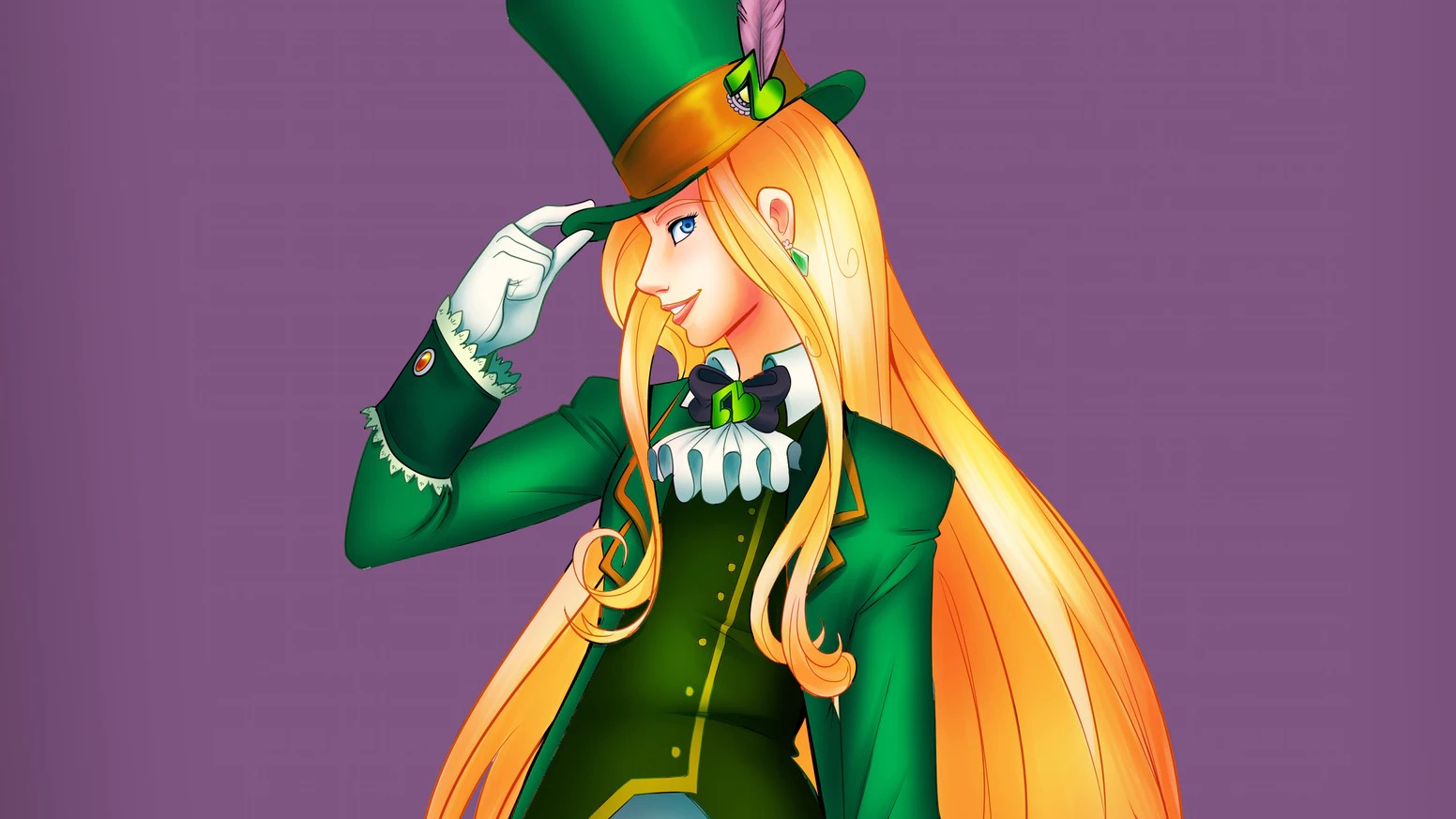
March has arrived, and with it, St. Patrick’s Day—patronal feast of the Emerald Isle. But two of the other five Celtic peoples have their patron’s days in March as well. Wales’s St. David opens the month on the first, and Cornwall’s St. Piran rolls along four days later. Of course, the Bretons and Manx celebrate in later months while the Scots bring up the rear with St. Andrew on November 30. But the presence of the three in March (plus St. Joseph of Arimathea, provider of the Holy Sepulchre, legendary founder of Glastonbury, and putative bringer of Catholicism to the Britons sharing his day with St. Patrick) makes March a very Celtic month. So it is that we should ponder that effervescent and mysterious race.
Now, in saying that America invented the Celts I do not wish to imply that they did not exist until 1492, 1607, 1776, 1783, or whatever year you wish to assign for America’s founding. They most certainly did. Indeed, the six peoples we consider Celtic today—primarily because minorities among them have preserved their respective Celtic languages—only inhabit the far western fringes of a realm that once covered not merely the British Isles but all or most of what is modern France, down into Spain and northern Italy, east through the Alpine regions as far as the Russian steppe, as well as one notable colony in central Turkey.
First Latinized and then overwhelmed by the Germanic invasions, most of the Celtic peoples lost their language. But even to-day, Galicia in Spain, Tras-Os-Montes in Portugal, Auvergne and Savoy in France, Piedmont and Abruzzi in Italy, Tyrol in Austria, the Swiss, and various other European regions claim to have greater or lesser amounts of Celtic derivation and proudly exhibit their magic and fairy-ridden folklore, musical and drinking pursuits, Conservative politics, and haunting (often bagpipe-driven) music as proof. But Brittany, Cornwall, Wales, the Isle of Man, Scotland, and Ireland are the only “nations” generally considered Celtic today.
This much-diminished Celtic world still managed to have an importance out of all proportion to its numbers and influence. In the wake of the Roman Empire’s fall, Irish monks (most notably, my familial patron, St. Columban, the so-called “first European”) spearheaded the evangelization of the Franks and other Germanic tribes on the Continent. During the 17th and 18th centuries, the misfortunes of the House of Stuart drove swarms of their Celtic supporters to the Continent, where they served many European countries loyally in all sorts of capacities.
Those latter misfortunes also drove the Irish, Ulster Scots (or Scotch-Irish), Scots, Welsh, Cornish, and Manx to the newly settled American colonies; continued unrest in Ireland and ongoing economic difficulties in the rest of the Celtic fringe kept up a steady flow of immigration from those regions after independence. Catholic Scots primarily went to Canada, and today our northern neighbor has more Catholics of Scots descent and native speakers of Scots Gaelic than Scotland herself.
In our country, while certain particular regions were heavily affected by the Cornish, Welsh, and Manx, it was the Scots and the Irish—Green and Orange alike—who had the most effect on the national scene. In colonial times, the Ulster Scots settled heavily in the Appalachians; their descendants have had a huge effect on country and bluegrass music and Southern culture generally. Indeed, in the odd way that the continuing struggles among the peoples of the British Isles have been imported/used/transposed for political purposes over here, some characterized the Civil War as a conflict between Southern Celts and Yankee English, even as others recast it as a fight between Confederate Cavaliers and Northern commoners or plutocrats.
The Catholic Irish gravitated toward the larger cities, forming political machines in many of them. Even if these were corrupt, à la Tammany Hall, they usually kept the streets clean and safe, which cannot always be said of more honest city halls. From the Fenians of the mid-19th century to the NORAID of the mid-20th, some Irish Americans did their best to keep a hand in with the Old World’s struggles—even if few went quite as far as the New York–born Eamonn de Valera.
Today, of course, that old song seems pretty hollow, with Sinn Fein supporting the British government’s heavy-handed imposition of abortion on recalcitrant Northern Ireland in 2019. Meanwhile, the Scots kept up kilt-wearing and Scottish games, while the American branch of the Orange Order continues paradoxically to call for religious freedom and old-time Gospel religion.
All of which having been said, how can one say that America invented the Celts? Well, it is a funny thing about these United States. Immigrants traditionally have arrived anxious to assimilate. But they do bring things with them which often take on new forms all but unrecognizable to the countrymen left at home. Chinese Americans produced chow mein and chop suey; Italians spaghetti and meatballs and pizza pie; Mexican cuisine somehow turned into Taco Bell; and the Dutch St. Nicholas morphed into Santa Claus. When these things return home, sometimes they colonize. Thus it has been for the Celts.
Because the Scots and the Irish took jobs with the police, every major force in the country has a pipe band—most often noted for funerals. The Scots Americans, through their clan associations, Tartan Day, and the Kirkin’ of the Tartans ceremony (Presbyterian in origin but now found in Catholic churches as well), have also spread back to Scotland. The Americanized version of the Celtic Halloween has become the bane of cultural purists all over Europe. But nowhere has this taken place so completely as with St. Patrick’s Day.
Substituting boiled New York corned beef for bacon with cabbage and potatoes and tinting beer green, the Irish Americans replaced their fathers’ religious festival with something quite different, and it now reigns supreme in post-Catholic Dublin. We may not have invented the Celts, but we have remade them in our image.



